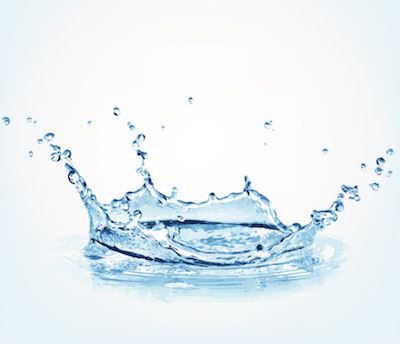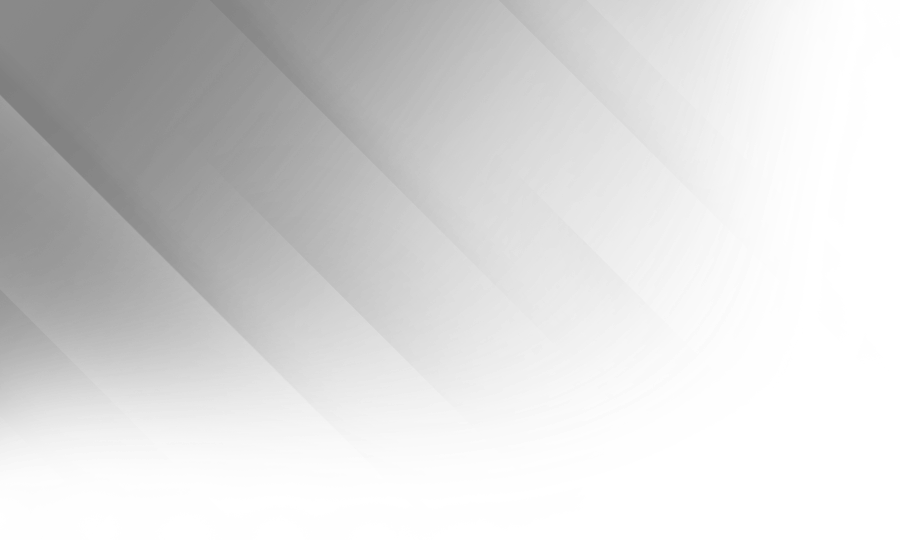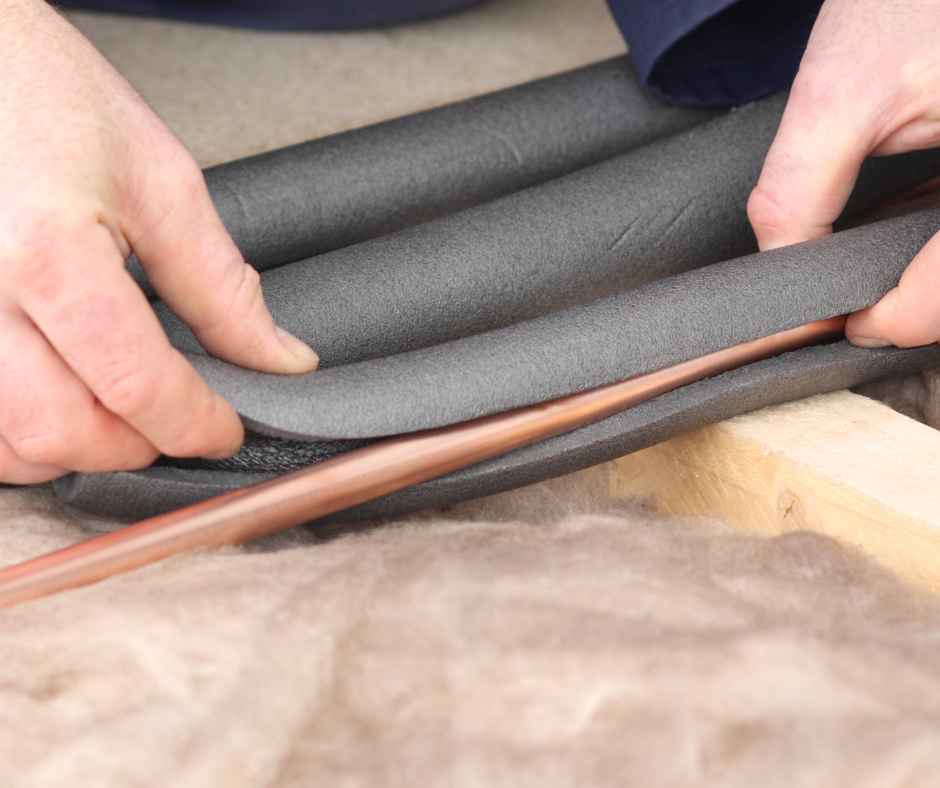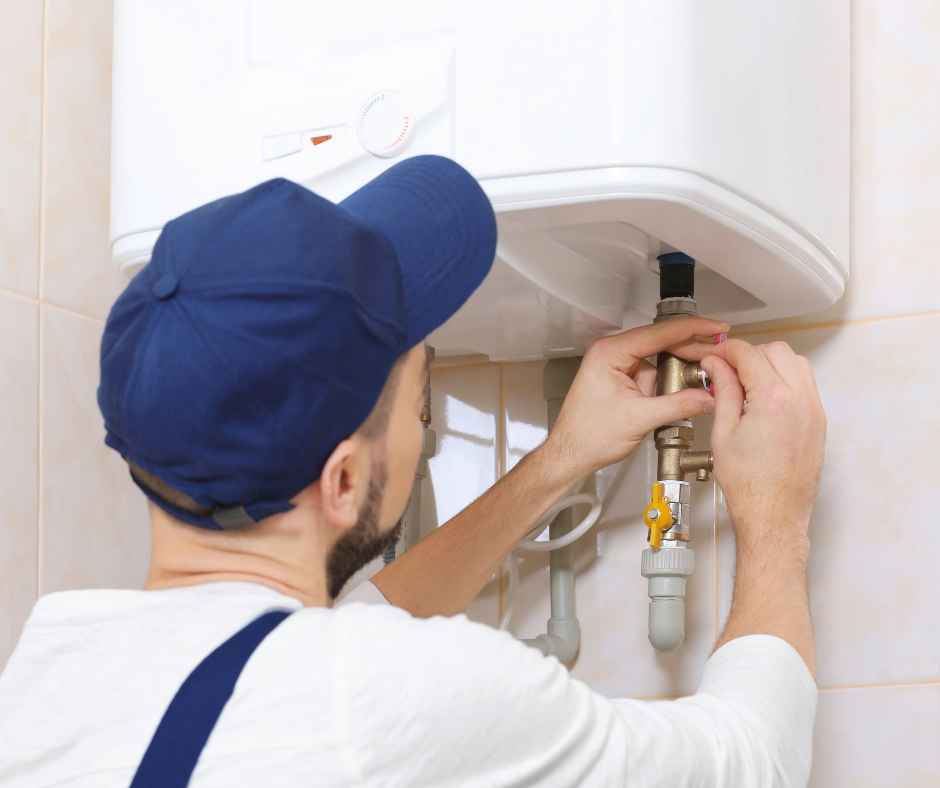Serving Greater Atlanta & Savannah/Hilton Head
Are Water Heaters Supposed To Drip?

A leaking water heater can indicate several problems. It can be something as simple as a loose connection, or more serious, such as a corroded water tank.
The first step is to determine how much water is leaking and where it’s coming from.
Where Is a Water Heater Most Likely to Leak?
Pressure-Relief Valve
Located at the top of the water heater, the pressure-relief valve is designed to release water if the temperature or pressure inside gets too high. A small, occasional drip during heating cycles may be normal, but a consistent or significant leak can indicate:
- The temperature dial is set too high
- Excessive water pressure in the home
- A faulty pressure-reducing valve
- A malfunctioning valve that requires replacement
A properly functioning relief valve is essential for safety, as it prevents excessive pressure buildup that could potentially cause the tank to rupture. A licensed plumber can inspect and replace the valve if needed.
Drain Valve
Located near the bottom of the tank, the drain valve allows you to empty the water heater for maintenance or sediment flushing. Leaks from this valve are usually caused by:
- A loose connection
- A defective or worn-out valve
Minor leaks can often be resolved by tightening the valve. However, if it’s defective and cannot be tightened, it will need to be replaced.
Fittings
Water connections at the top and bottom of the water heater, where pipes enter and exit, can develop leaks over time. These less obvious leaks can stem from:
- Condensation, particularly if there’s moisture around the joints or connections
- Improper installation
- Loose or unsealed pipe connections
- Worn-out fittings and seals
You might see drips or a slow seepage of water around these areas.
Bottom of Tank
This is a serious type of leak and usually indicates that the tank itself has corroded and rusted through. Once the tank starts leaking from the bottom, it’s generally a sign that the water heater needs to be replaced, as the structural integrity of the tank is deteriorating. This type of leak can lead to the tank bursting and flooding your home, so it’s important to act quickly if you notice this.
Condensation
While not technically a leak caused by a malfunction, condensation can appear as drips on the sides or bottom of the tank. It’s often noticeable when the tank is filled with cold water or during colder weather, as the warm tank surface meets the cooler air. This type of “leak” usually disappears once the water inside warms up.
However, excessive or persistent condensation on a gas water heater could also indicate a venting issue. Make sure the vent is not obstructed, and if needed, clean out the flue. A water heater professional can assist with cleaning the vent and ensuring proper function
Have additional questions about water heater leaks? We can help. Call (470) 264-8128 today to speak with a plumber from our team!
Heater on the fritz? Frustrated with plumbing problems? R.S. Andrews is just a call away!





